When summer temperatures rise, keeping your home cool and comfortable becomes a priority. But what is central air conditioning, and how does it work?
Unlike window units or portable ACs that cool a single room, a central air conditioning system regulates and distributes cool air throughout an entire home—making it one of the most effective and energy-efficient cooling solutions available today.
At Autumn Air, we believe that understanding your HVAC system empowers you to make the best choices for your home. In this guide, we’ll break down how central air conditioning works, its key components, different system types, and how to choose the right one for your needs.
What is Central Air Conditioning?
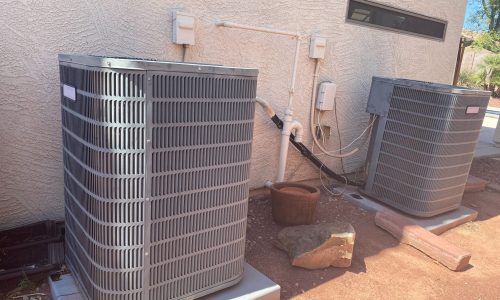
How Does It Compare to Other Cooling Systems?
- Window AC Units – These cool only one room at a time, making them less efficient for whole-home comfort
- Ductless Mini-Split Systems – While energy-efficient and great for zoned cooling, they don’t provide the same seamless temperature control across an entire house.
- Portable AC Units – Convenient but often expensive to run and not suitable for large spaces.
If you’re looking for consistent indoor comfort, better air quality, and long-term energy savings, central air conditioning is the best option for most homes.
How Does a Central Air Conditioning System Work?
Central AC systems follow a simple but effective cooling process that keeps your home comfortable:
- Thermostat Activation – When the indoor temperature goes above the set level, the thermostat signals the system to start cooling.
- Warm Air Collection – The system pulls warm indoor air into return ducts and sends it to the air handler.
- Refrigeration Cycle – The air passes over the evaporator coil, where the refrigerant absorbs heat and cools the air.
- Heat Release Outdoors – The refrigerant carries the heat outside, where it’s released via the condenser coil.
- Cool Air Distribution – The newly cooled air is pushed back into the home through ductwork and vents.
This cycle repeats until your living space reaches the desired temperature, ensuring a consistent and comfortable indoor climate.
Key Components of a Central AC System
To understand how your air conditioner works, it helps to know about its essential components:
Outdoor Unit
- Compressor – Pressurizes the refrigerant to help transfer heat.
- Condenser Coil – Releases heat absorbed from inside your home.
- Fan – Cools the condenser coil to aid in heat dissipation.
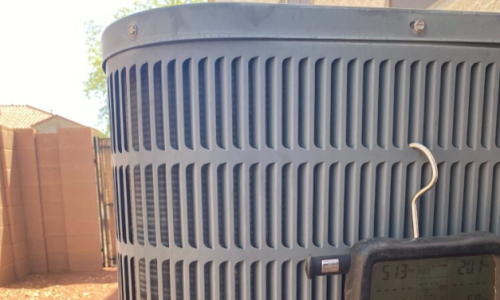
Indoor Unit
- Evaporator Coil – Absorbs heat from indoor air to cool it.
- Air Handler – Houses the blower fan, which circulates air through the ducts.
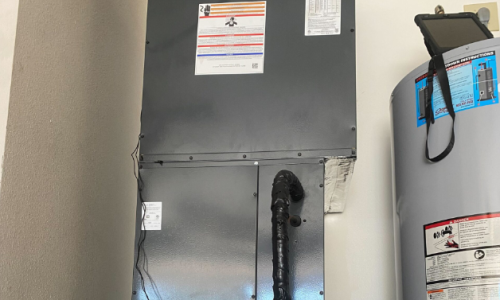
Support Components
- Thermostat – The control panel that adjusts temperature settings.
- Ductwork & Vents – A network of insulated tubes that distribute cool air.
- Refrigerant Lines – Copper pipes that transport refrigerant between indoor and outdoor units.
These components work together to create a smooth and efficient cooling process.
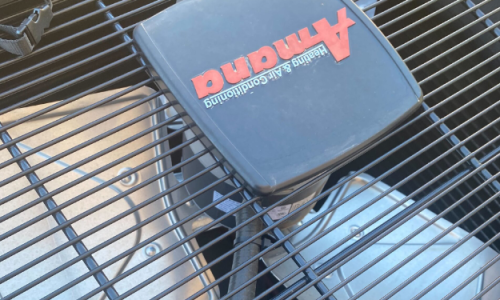
Types of Central Air Conditioning Systems
Choosing the right central AC system depends on your home’s size, budget, and cooling needs. Here are the two main types:
1. Split System Air Conditioner (Most Common)
- Features an indoor air handler and an outdoor condenser unit.
- Offers better energy efficiency and quieter operation than packaged units.
- Available in single-stage, two-stage, or variable-speed models for different comfort levels.
2. Packaged Air Conditioning System
- All components are housed in a single unit, generally placed on the roof or side of the home.
- Ideal for houses with limited indoor space or commercial buildings.
- Easier to install but may be less efficient than split systems.
Choosing the Right Central AC System for Your Home
When selecting or upgrading a central air conditioner, consider the following factors:
- Home Size & Layout – Larger homes require higher BTU ratings to cool efficiently.
- Climate & Location – Hotter climates may benefit from higher SEER-rated systems for better efficiency.
- Energy Efficiency Ratings (SEER/SEER2) – Higher SEER ratings = lower energy bills over time.
- Installation & Maintenance Costs – While central AC requires an initial investment, modern systems save money in the long run.
Need help finding the perfect system? Our experts at Autumn Air can assess your living space and recommend the best options tailored to your needs.
Benefits of Upgrading to a Newer, More Efficient System
If your AC is over 10-15 years old, it may be time to consider an upgrade. Here’s why:
- Lower Energy Bills – Newer models are more efficient and use less electricity.
- Eco-Friendly Refrigerants – Modern systems use environmentally friendly coolants that reduce carbon footprints.
- Quieter & Smarter Operation – Advanced units offer quieter performance and smart thermostat compatibility.
- Improved Indoor Air Quality – Better filtration and humidity control reduce allergens and pollutants.
Upgrading ensures year-round comfort and better cost savings—a win-win for homeowners!
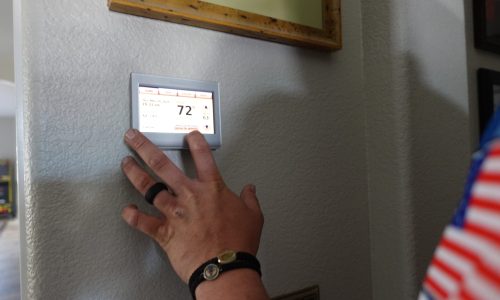
Stay Cool with Autumn Air!
A high-quality central air conditioning system is essential for keeping your home comfortable during warm seasons. Whether you need installation, maintenance, or an upgrade, Autumn Air is here to help.
With nearly 50 years of experience, we specialize in top-tier HVAC services designed for your home’s unique needs. Our team of certified professionals ensures you get the most efficient and reliable cooling system possible.
Contact Autumn Air today for expert HVAC solutions and experience comfort like never before!
